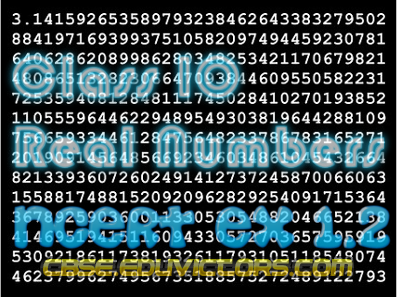Quadratic Equations - Summary
① A polynomial of degree 2 is called quadrilateral polynomial. The general form of a quadrilateral polynomial is ax
2 + bx+ c, where a, b, c are real numbers such that a ≠ 0 and x is a real variable.
② If p(x) = ax
2 + bx + c, a ≠ 0 is a quadratic polynomial and α is a real number, then p(α) = aα
2 + bα + c is known as the value of the quadratic polynomial p(x).
③ A real number α is said to be a zero of the quadratic polynomial p(x) = ax
2 + bx + c, if p(α) = 0.
④ If p(x) = ax
2 + bx + c is a quadratic polynomial,then p(x) = 0 i.e. ax
2 + bx + c = 0, a ≠ 0 is called a quadratic equation.
⑤ A real number α is said to be root of the quadratic equation ax
2 + bx + c = 0, if aα
2 + bα + c = 0.
In other words, α is a root of ax
2 + bx + c = 0 if and only if α is zero pf the polynomial p(x) = ax
2 + bx + c.




















